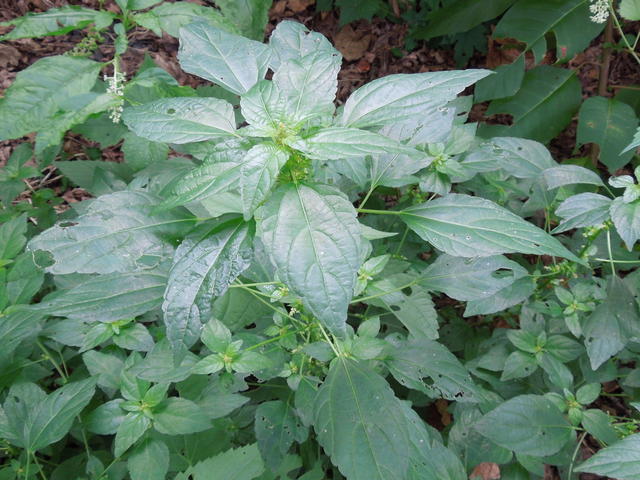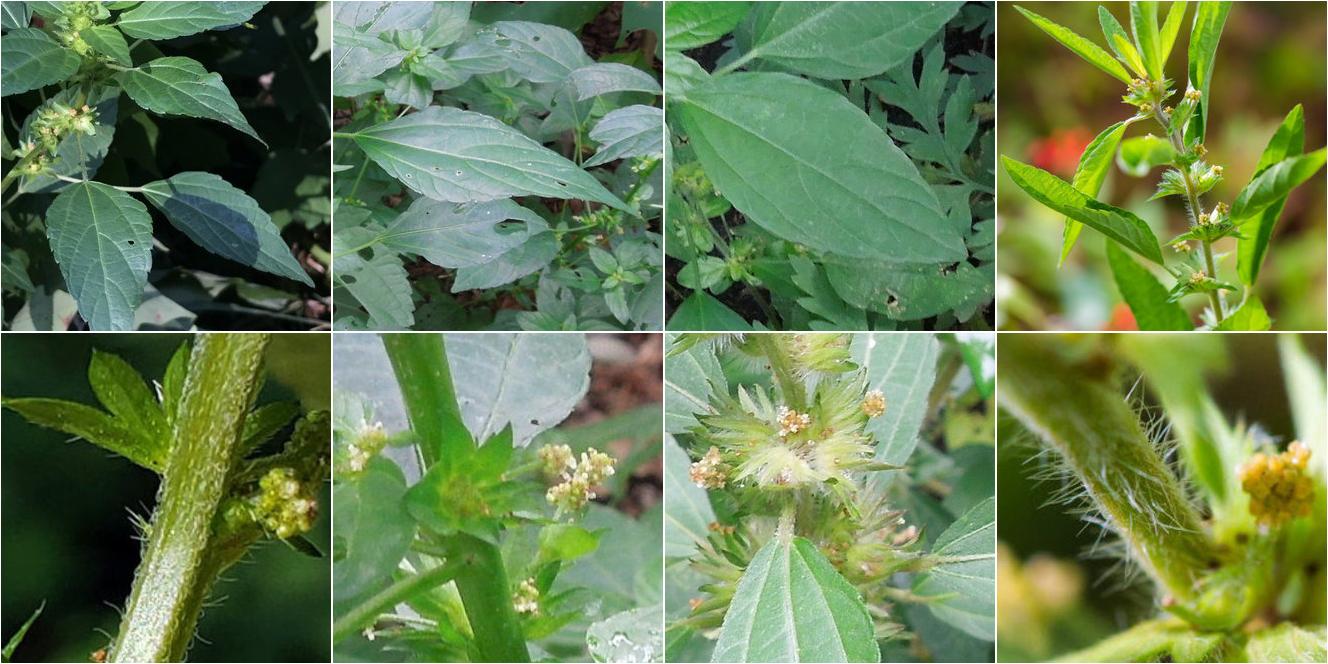Rhomboid Mercury (Acalypha rhomboidea) vs. Asian Copperleaf (Acalypha australis)
Updated February 2nd, 2023These two species are superficially similar, can occur together in the same habitat, and can easily be confused, especially when people do not know to check againt the introduced A. australis. They are easily distinguished by their bracts and flowers, and also have subtle differences in leaves. A. australis currently has a restricted range, mostly in and around New York City, but temporary populations have cropped up in disparate locations including Oregon, Iowa, and Delaware, and due to the inconspicuous nature of this genus, it is probably undereported.





